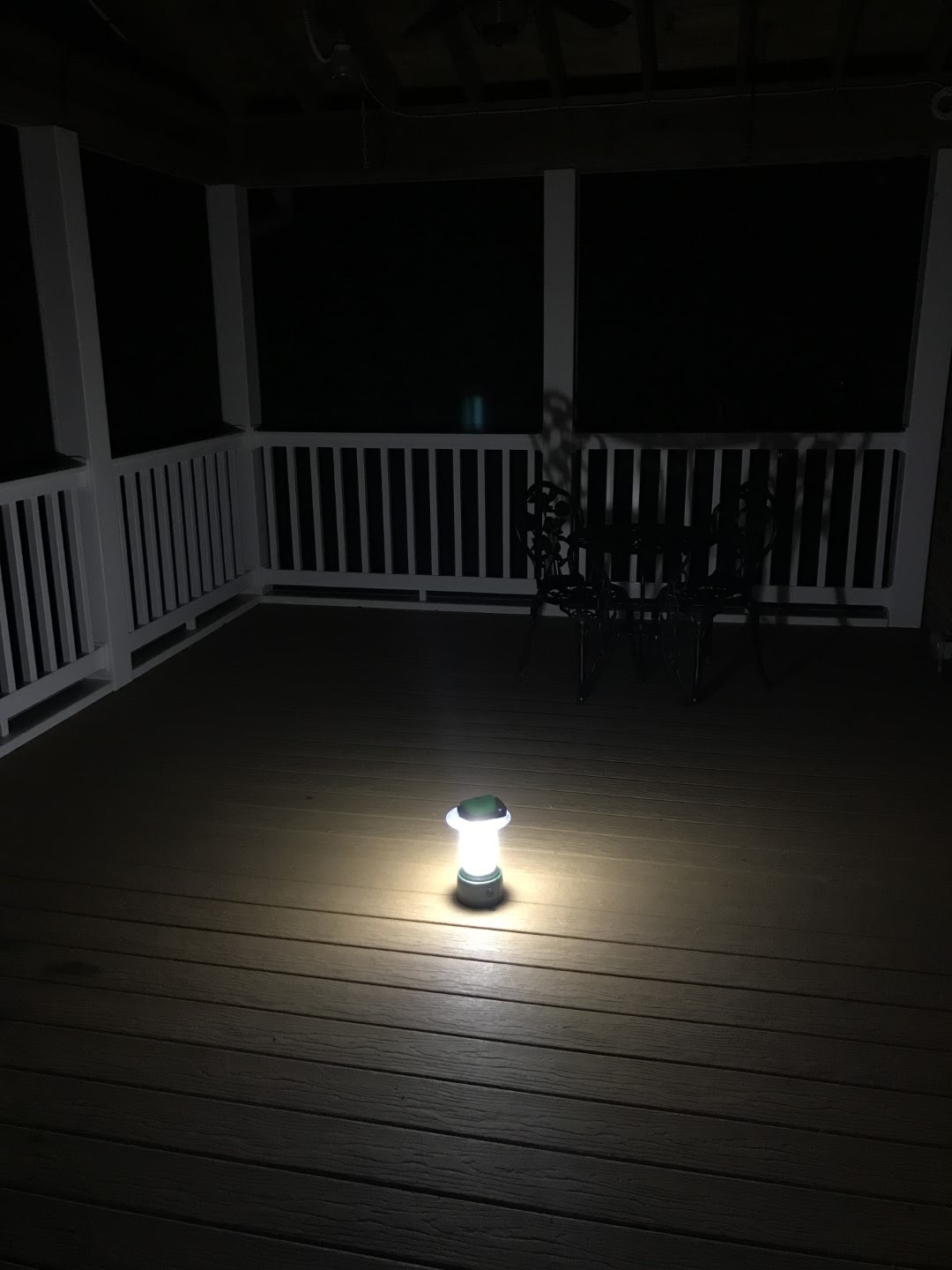Light up the night

 |
| On activation |
An old joke I always remember is
“Where was Jack when the lights went out?”
“In the dark.”
While the dark may be good for sleeping and certain other activities, if you’re trying to get any useful work done in the dark, it just ain’t going to happen. Therefore, I keep a lot of ways around to make light.
One is high-quality glow sticks. You can buy the cheap ones, but they are a waste of money. The good ones are almost a thing of joy.
At the left you can see an orange glow stick, just after I activated it about a week ago. The glow stick are rated for 12 hours of useful life. The stick you see was bought as a closeout at a local big box home improvement place in 2005. The expiration date was 2007.
While it’s hard to see in the photo, this glow stick provided more than enough light to move about a room, and enough to read if held close to the subject matter. And it was 12-ish years past its expiration date. Here are a couple more pictures:
|
|
|
3 hours after activation (left) and 6 hours after activation (right) |
When I got up the next morning, there was enough glow left to be able to tell it was glowing in daylight. I don’t know when it finally gave up the ghost; I had pitched it in the trash by then.
I’m going to have to buy some more of these. Like I said, almost a thing of joy.
Next is something I stumbled on at the local Tractor Supply, I found the Jobsmart COB LED Lantern. There is a number, 136548, on the tag. It claims 2000 lumens and a 39′ “fly standard”. I assume they mean circle of useful illumination as I can’t find “fly standard” in a Google search. It has a high and low setting and is powered by 12 AA batteries. It was $12 on closeout.
This is the light in the center of our 12′ x 20′ screened porch:
  |
| On high (right) and on low (left) |
I decided to do some testing with it. I used an app on my phone that measures in lux. The measurements were taken at 5′. I figured that was a reasonable distance.
On high, the light started a 117 lux. After 1 hours, it had reduced to 40 lux, I’m guessing due to heat. Cycling the power brought it up to 91 lux. After 2 hours, I measured 0 lux. Even at that, there was still plenty of light to navigate a room, play a board game or similar activities.
High power is unholy bright. Think of it as something you’d use for an emergency.
On low, the light started at 22 lux and held that power for 12 hours. Oddly enough, at the measurement intervals of 1 hour, it had reduced output to 7 lux. Not sure when in the hour that happened. I don’t think it was due to heat, but I have no idea why it was doing this. At the end of 14 hours, we were back to 0 lux, save caveats as above.
Overall, at $12, I’m not disappointed, but the use case for this thing is more on the lines of lighting up large spaces, or brilliantly illuminating one for a very short time. I’ll hang onto it, but I honestly have better solutions when I need a lot of light or just a little.


Did you jury-rig that light in the shed so you could turn it on in the daytime?
The best I can figure out is that it's more trouble than it's worth. 🙂
Frankly, the thing is a cheap POS. I think when I trench in the cable for my ham antenna, I'm going to put in a trench and run a circuit out to the building for a light and a plug or two so I have a place to plug in a battery charger for the lawn tractor. Seems like the most effective solution.